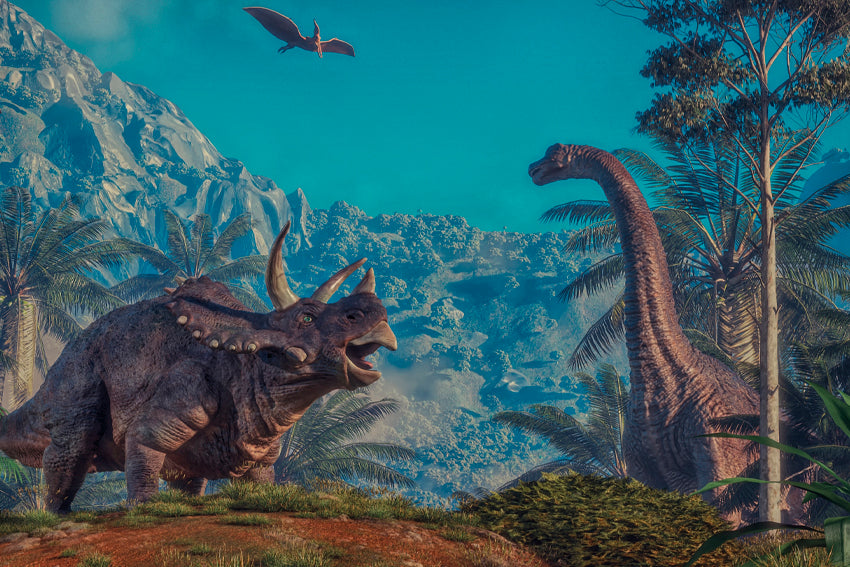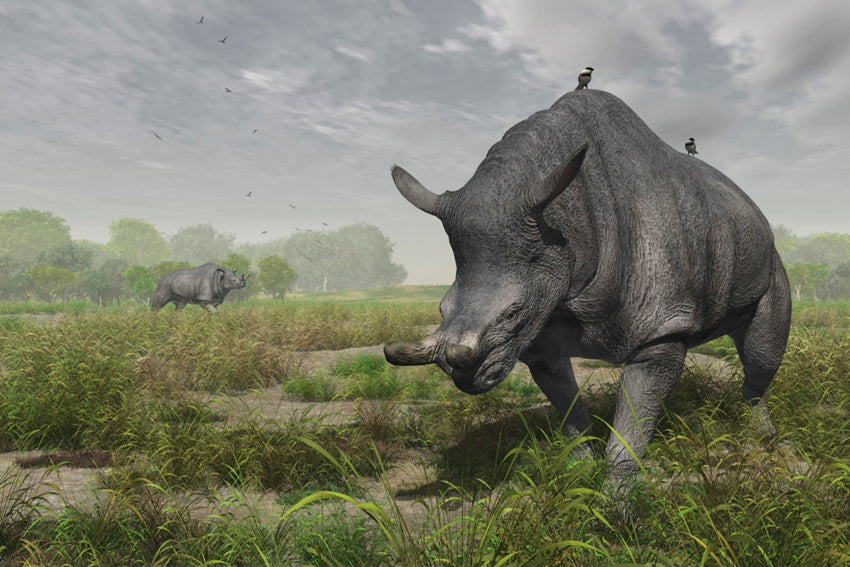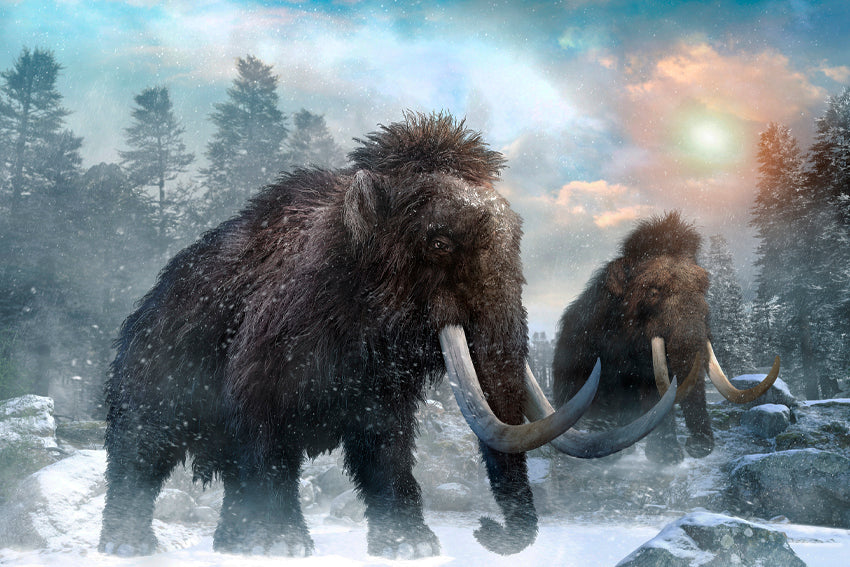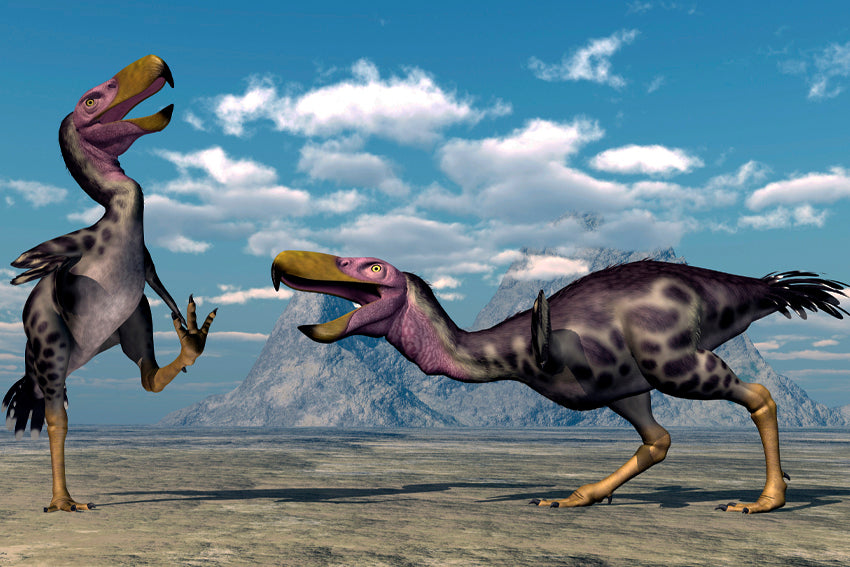The Cretaceous period is the last of the three parts into which the Mesozoic era is divided. It covers from the end of the Jurassic period (145.5 ± 4.0 million years ago) to the beginning of the Paleocene (65.5 ± 0.3 million years ago). It is the longest of the geological periods and constitutes almost half of the Mesozoic. The end of the Cretaceous defines the boundary between the Mesozoic and Cenozoic eras.
During the Cretaceous, the supercontinent of Pangea completed its division into the current continents, although their positions differed radically from those they present today. The opening of the Atlantic Ocean that began in the Jurassic gave rise to major orogenies and the rise of mountain ranges in North America.
Although Gondwana remained intact at the beginning of the Cretaceous, during this period Australia, Antarctica and South America broke apart. The rest of the ancient continent was made up of Africa, as well as a block from which India and Madagascar ended up separating, united.
All these movements caused the emergence of large underwater mountain ranges and the rise of the sea level, a phenomenon known as transgression. At its peak, approximately one third of the current continental areas were submerged.
More limestone was deposited during the Cretaceous than in any other period of the Phanerozoic eon. This was due to an enrichment of calcium in the oceans, together with a greater diversity of life forms that had this calcium to form their skeletons, mainly nanoplankton.
The climate was very warm during the Cretaceous. There was no ice at the poles. Therefore, the level of the oceans was much higher than today, and large areas of continental crust were covered by shallow seas.
The Tethys Sea connected the two great oceans from east to west, helping to keep the global climate stable. Fossils of plants and animals typical of temperate climates have been found near the places where the poles were then.
Overall, the temperature of the planet was not higher than that of the Jurassic or Triassic periods, but nevertheless the temperature differences from the equator to the poles were much smaller. As a consequence, the winds must also have been very weak, contributing to the calm seas, which is evident in the forms of sedimentation.
Angiosperm plants spread widely during this period, although they did not become predominant until the end of it. Many of the types of trees that exist today have their origins in the Cretaceous.

On Earth, mammals continued to be a minor component of the fauna, which was still dominated by dinosaurs, which now reached their greatest diversity and was characterized by the presence of large dinosaurs, including sauropods such as Argentinosaurus and theropods such as Tyrannosaurus. rex, Velociraptor and Deinonychus. The diversification of insects is surely closely related to the expansion of angiosperms.
In the sea, many modern types of fish can be found, including sharks similar to those in today's seas. However, the largest living beings that inhabit them are reptiles such as ichthyosaurs or mosasaurs.
Ammonites are still in full swing, appearing most of the heteromorphic varieties, characterized by the uncoiling of the shell.






Share:
Jurassic period
Neogene period